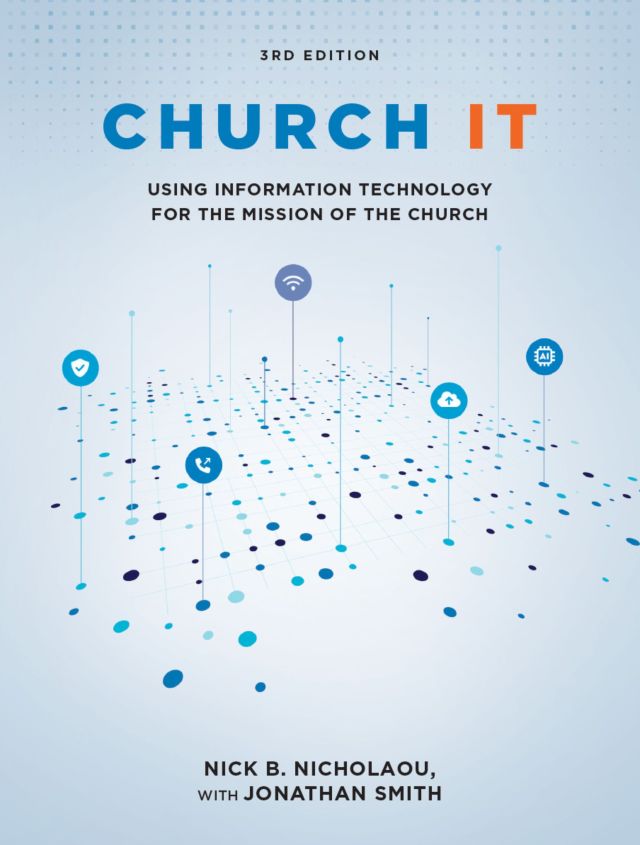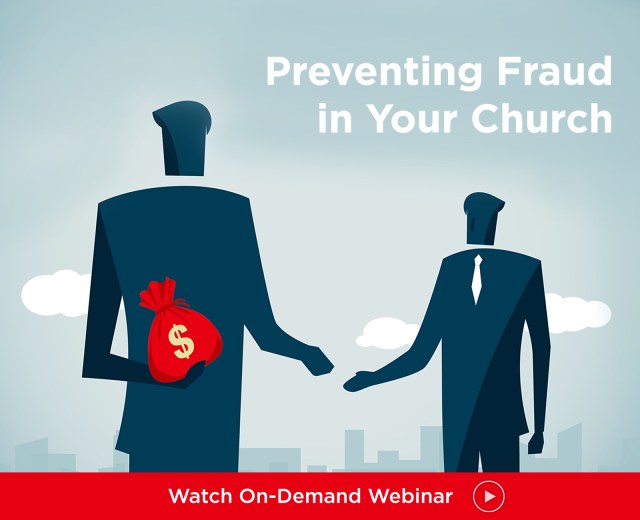Editor’s Note: This article is part of the Advantage Membership. Learn more on how to become an Advantage Member or upgrade your membership.
In the December 2019 Advantage Members article, we offered six developments for church leaders to watch in 2020, based on responses we received from members of our Senior Editorial Advisory Board.
This month, we asked the question: If you could advise a church to set one specific goal to accomplish with respect to its legal, tax, finance, or risk management matters in 2020, what would it be and why? Here’s the six goals churches should set in the year ahead, again based on the expertise offered from our Senior Editorial Advisors.
Address the Threat of Child Sexual Abuse

“There is no greater risk faced by churches today than the risk of child sexual abuse on church property or during church activities. I base this conclusion on the following two considerations. First, according to my comprehensive research into church litigation, child sexual abuse has been the number one basis of church litigation and liability for 23 out of the last 25 years. There is no risk that occurs more frequently than this.
Second, churches will find it increasingly difficult to obtain adequate levels of insurance, if any insurance at all, to cover this risk. This means we must be vigilant to protect the most vulnerable among us. It also means that the greatest legal risk faced by churches today, in terms of frequency, may be uninsured.
Even if there is coverage, it often is limited. This poses the greatest existential threat to churches in America today. It’s imperative for church leaders to adopt effective policies to mitigate this risk, and to have those policies drafted or reviewed by an attorney familiar with this issue.”
Next Steps: Review Richard Hammar’s 13-step plan for minimizing the risks of child molestation in churches and implement Hammar’s comprehensive screening, selection, and supervision resource, Reducing the Risk , as an ongoing training tool.
Conduct a Risk Assessment

“Churches should complete a thorough risk assessment if they have not yet done so and update any assessments previously completed. This comprehensive look at church operations identifies existing risks and determines if there is adequate mitigation in place to protect the congregation.
Surprises are seldom pleasant when they are related to finances or risks. Being proactive will allow leadership to plan for, rather than respond to, situations and may allow you to avoid some negative situations entirely.”
Next Steps: Read more about how church staffs and boards can collaborate to build a culture of risk management.
Understand Political Advocacy Laws in an Election Year

“Be vigilant in knowing the history and current status of the prohibitions regarding politicking for or against candidates and elected officials by religious institutions. Bring in trusted advisors who are knowledgeable on these topics and provide training for your church leaders and staff. Stay out of politics. Encourage the flock to vote. But do not endorse or demonize anyone seeking elected office. Focus on bringing folks to Christ.”
Next Steps: Learn the tax and legal guidelines every church and pastor should know regarding political activities.
Get Smart about Data Security

“Get the basics of data security right. Don’t let the seemingly complex nature of this topic hinder you from covering the basics, which are not complex. Good policies. Good practices. Good education. Good insurance.”
Next Steps: Learn how to protect your church from cyber threats, how to integrate best practices for avoiding data breaches, and how to select cyberliability insurance to help reduce the financial risks associated with data breaches. Also, go deeper on policies, procedures, and technology that can help with data protection.
Review Employment Practices

“Review your employment practices. From hiring and firing to negligent retention, churches as employers have many areas of legal consideration. Such a review should also include any needed updates to the church’s employment manual. Moreover, due to the new overtime law that took effect on January 1, 2020, many employees who work more than 40 hours per week are eligible for overtime pay under the Fair Labor Standards Act (FLSA).
Most churches assume that the FLSA does not apply to them, but that is likely not that case, and the penalties for not following the FLSA rules are stiff. Rather than assuming the law does not apply, a church should consult competent legal or tax counsel and do so now that the new overtime law has taken effect. Reviewing the church’s employment practices now might save a church a lot of heartache in the future.”
Next Steps: Find out how the new overtime law works. Get help with employee handbooks. Learn the basics of wage-and-hour laws.
Conduct a Compliance Review

“Do a compliance review. Different from a financial audit, a compliance review will evaluate a church’s compliance with federal tax law as well as many areas of federal employment law. A review can pinpoint critical areas of weakness in a church’s operations as well as provide meaningful guidance for structuring church operations in these critical areas.The gold standard of the compliance review involves both an attorney and a CPA, but even one performed by the CPA alone can provide valuable information to the church.”
Next Steps: Obtain help with federal tax law compliance in Richard Hammar’s annual Church & Clergy Tax Guide.
Matthew Branaugh is editor of content and business development for Christianity Today’s Church Law & Tax.





